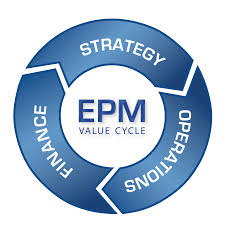In part one of this post we explored some of the areas where SAP Business Planning and Consolidation has added significant value to the Consolidation process through the use of Business Process Flows. The Business Process Flow not only aided in guiding a user through the steps in a process but served as a mechanism to allow once time consuming centralized tasks to be pushed upstream and distributed across the user base. This post will dive into some key model considerations that need to be addressed in order to achieve this value.
- Periodic vs. YTD – This refers to the BPC model being set as Year to Date or Periodic which dictates the type of data that BPC will accept. BPC can handle either method but making the right choice up front is important. The following are some of the factors used to make this decision.
- Format of data from source systems.
- How prior period adjustments are handled
- Quantity and nature of direct data inputs
- If the solution is going to be used for both Consolidations and Planning
- Integration with other EPM areas – While the Consolidation system is built to serve a purpose it should integrate with the rest of the EPM landscape.
- Enterprise Reporting Strategy - To reach the data consumers in the appropriate way and allow linkage to more detailed data for analysis purposes.
- Budgeting/Forecasting – To allow for easy comparative reporting and analysis
- Management Reporting – There are often different allocations, reporting rules and structures that apply to internal Management Reporting that often need to be accounted for in the design of the Consolidation system.
- The basic blocking and tackling – The basic accounting rules should be automated. This seems obvious but it is surprisingly not the case
- Foreign Currency Translation.
- Intercompany Eliminations
- Intercompany Matching
 Currency Translation Adjustment
Currency Translation Adjustment- Minority Interest
- Investment in Subsidiaries
- Automation of Cash Flow Statement
- Multiple Consolidation Methods – The system should be set up to account for multiple Consolidation methods and varying percent ownerships that may change over time.
- Consolidation Method
- Equity Method
- Partnership Method










